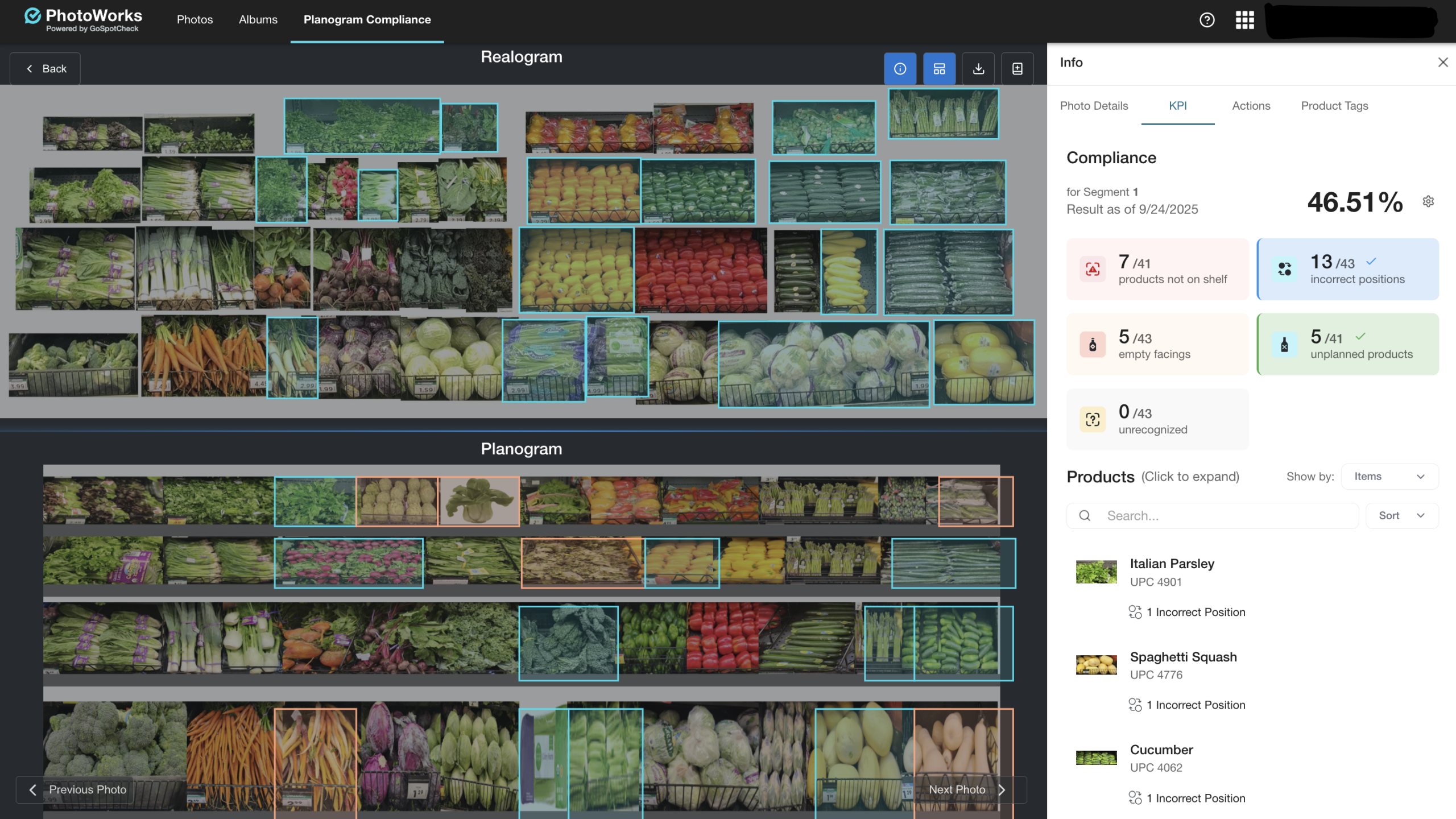Food industry stakeholders are seeing agentic artificial intelligence (AI) as a powerful tool to increase market share and drive improved service. Following in the footsteps of Walmart’s watershed announcement, Instacart is now incorporating these technologies into both consumer- and client-facing processes.
Agentic AI has become the top buzzword in food technology. Even Uber executive Susan Anderson said during industry event Groceryshop 2025 that its third-party delivery platform was exploring agentic capabilities to see what features customers will find useful when filling up their delivery or pickup baskets.
But what is it?
It’s a tool that can make decisions and perform tasks with little or no human intervention. It differentiates itself from generative AI services such as ChatGPT by autonomously controlling a larger scope of processes and by being able to handle more complex questions.
Instacart’s recent announcement showcases agentic applications in commerce activities by leveraging digital agents to help partner retailers target clients, while also unveiling a tool to analyze and act upon back-end analytics to improve customer experience, drive efficiency, and make informed decisions with deeper levels of engagement with AI tools.
If these innovations are able to deliver on these promises, the implications are transformational.
“These new AI solutions mark the next chapter in our enterprise story – empowering retailers to turn generative and agentic AI into a true competitive edge,” said Instacart CEO Chris Rogers in a statement.
From Gen to A(gen)tic
Walmart described the potential of agentic technology to shifting AI applications from a reactive tool to a proactive solution in a recent press release about its partnership with Open.ai on creating an AI-first shopping experience. These tools can learn from and anticipate the needs of their target user to better serve customers.
Earlier this year, Walmart unveiled Sparky as part of an announcement to bring four “super agents” to market to support shoppers, employees, suppliers, and sellers. Sparky is currently live on the website, allowing consumers to ask complex questions during their online shopping journey, while the other three agents support business functions.
Although many industry stakeholders question the day one efficacy of the product, business leaders across CPG, retail, and foodservice, are investing in how they can apply these tools to their own businesses, while others, such as PepsiCo explore ways to optimize their portfolios so they appear in these conversations.
The foundation of agentic AI dominance is already here, and the next phase of growth will be tapping these services for their predictive capabilities.
On the back end, a report from Gartner estimated that 50% of supply chain management solutions will use autonomous agents to execute decisions by 2030.
Even more impressive, IBM found that 70% of supply chain business executives say that, by 2026, AI agents will allow employees to drill deeper into analytics to support real-time analysis and optimization. The bulk of this autonomous support is projected to come from applications in procurement and dynamic sourcing. Plus, 62% say that these solutions help speed up decision-making and communication.
Agentic AI also supports front-end results: Shopify attributed agentic AI for an 11x spike in orders on a recent conference call.
On the call, President Harley Finkelstein pointed to the success of Shopify’s Sidekick assistant at engaging with its users, which drove nearly 100 million conversations in Q3 alone across 750,000 partner shops.
This is the power of agentic AI, and why the F&B industry is investing so much in its success.
Litigation, and the Future of AI
Agentic capabilities may also have a dark side, evidenced by Amazon’s recent legal battle with software company Perplexity AI.
In the suit, the e-commerce giant alleged Perplexity’s agentic features covertly accessed customer accounts and imitated human activity, reported Reuters. Perplexity retorted saying that Amazon is using market leverage to strongarm competition, affirming that it isn’t engaging in legal behavior.
The case illustrates that the growing use of AI agentic to perform tasks on behalf of customers may cause heated debates among stakeholders with conflicting interests. On one hand, these agents have access to sensitive consumer data in order to perform these tasks; moreover, e-commerce businesses are likely to retaliate because it saves these consumers from interacting with webpage ads or other features, thus threatening their market share.
The conversation around agentic AI also surrounds the recent slate of October layoffs, which was the highest reported influx in more than 20 years. AI was among the reasons cited for these decisions, which begs the question: when agentic AI becomes more powerful, what is stopping it from replacing higher-level stakeholders?
Plus, there are a deal of technical challenges that are derived from maintaining alignment between human outputs when there’s a larger portion of analysis conducted autonomously.
“Agentic AI with focuses can get insights faster than humans, but there’s a lot to do to make that possible,” said Danielle Sporkin, SVP of media and marketing services for Ferrero, at a recent industry event.
In this vein, Sporkin noted that other practices, such as clean, standardized data, have become even more important.
For now, the interplay between human control and independent analysis will continue to be the cornerstone of the technology.
Food for Thought Leadership
This Episode is Sponsored by: Performance Foodservice
How important is it as a food distributor to build a brand for foodservice – especially since consumers may never see or recognize it? Mike Seidel, vice president of procurement at Performance Foodservice Corporate, shares how the company views the development of its existing foodservice brands, including Roma and Contigo, and how they helped in the creation of its most recent Mediterranean concept Zebec.











